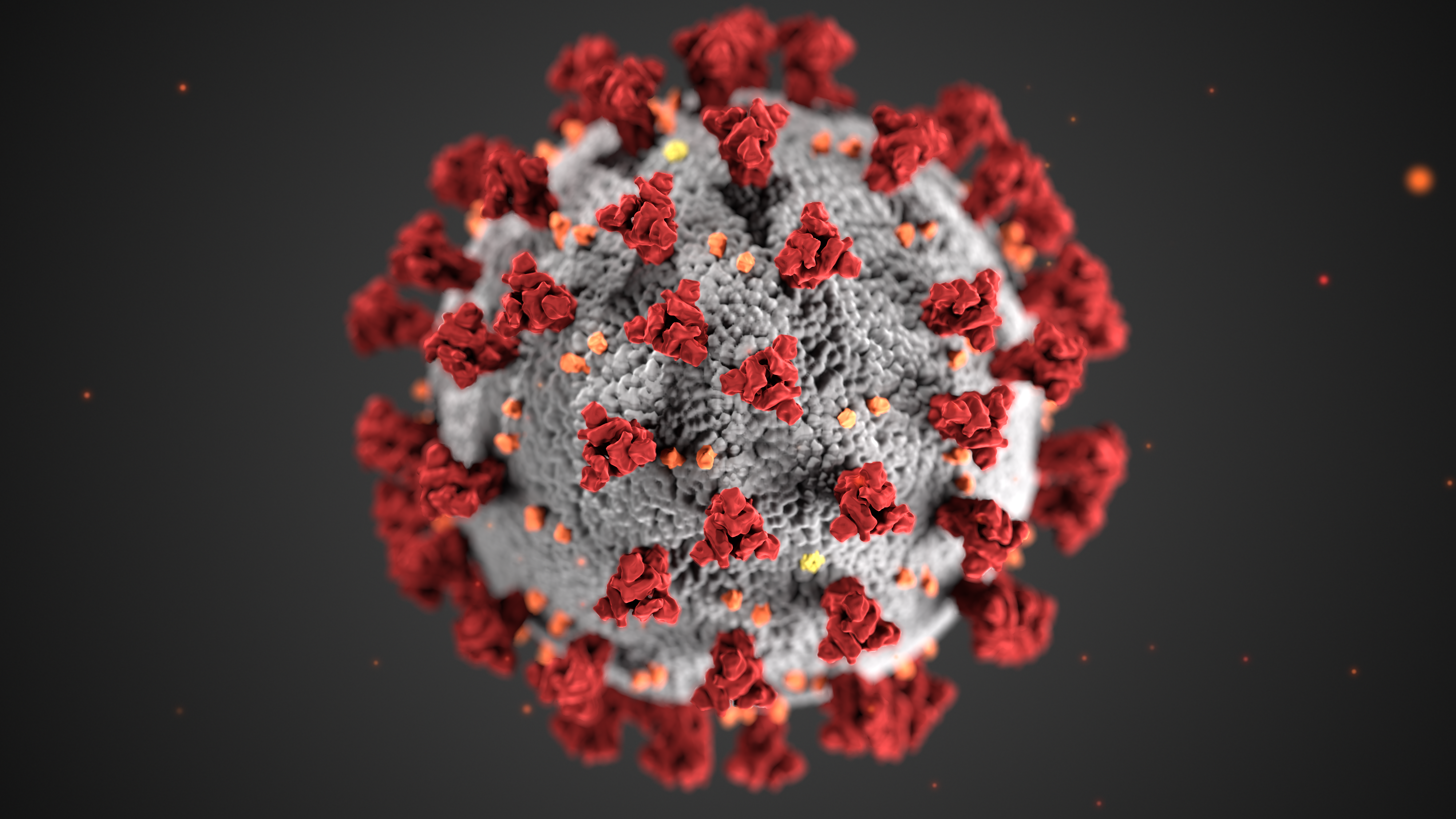Key Points:
- Anthracycline (ANT)-based chemotherapy is a known cancer treatment regimen but results in cardiotoxicity secondary to heart failure
- The SARAH trial explored whether the angiotensin receptor-neprilysin inhibitor (ARNi), sacubitril/valsartan, might be cardioprotective against heart failure among high-risk patients receiving ANT therapy
- The study investigated treatment with ARNI versus placebo for 6 months to determine the incidence of worsened global longitudinal strain (GLS) in the left ventricle (LV) as well as other secondary outcomes
- The SARAH trial found lower rates of worsened GLS as well as improved GLS in the ARNi group compared to the control group, raising questions about the benefits of ARNi for prevention of cardiotoxicity in high-risk patients
Anthracycline(ANT)-based chemotherapy is an important and unavoidable treatment regimen for many cancer patients. However, there is known cardiotoxicity from these agents, which lead to heart failure. There is a lack of evidence for the best prevention of this cardiotoxicity. However, experimental studies have suggested that the angiotensin receptor-neprilysin inhibitor (ARNi), sacubitril/valsartan, may exhibit cardioprotection among this patient cohort. The SARAH trial aimed to explore whether sacubitril/valsartan could be cardioprotective in high-risk patients receiving ATN therapy.
This was a prospective randomized, double-blind, placebo-controlled trial that ultimately enrolled 114 patients receiving ANT therapy. Patients were screened with high-sensitivity troponins (hsTI) obtained after each ANT dose and 30 days after the final dose. High-risk patients were identified by troponin level above the 99th percentile. Study enrollees were randomized to either treatment with an ARNi (with target dose of 97-103 twice daily) or placebo for 6 months. Intervention drug adjustments were considered at 2 weeks and 4 weeks. The primary endpoint of the study was incidence of patients demonstrating >15% reduction in global longitudinal strain (GLS) of the left ventricle (LV) after 6 months. Secondary endpoints included changes in biomarkers (hsT, NT-pro-BNP), LV ejection fraction (EF) and ventricular diameters with echocardiography and cardiac MRI (CMR), extracellular matrix, interstitial fibrois, and adverse effects over 6 months.
The mean ATN dose was lower dose (244 ± 40.5 mg/m2) compared to standard dosing. Ultimately, the study found that the primary endpoint of greater than 15% reduction of LV GLS was achieved in 7.1% of patients who received an ARNI, compared to 25% in the placebo group (HR 0.23, 95% CI: 0.07-0.75). Those on ARNI improved GLS by 2.5%, whereas those on placebo worsened GLS by 7.6% (p=0.015). At 6 months, the LVEF was evaluated with CMR and was found to have increased by 0.19% in the ARNi group and decreased by 3.47% in the control group. With respect to secondary outcomes (biomarkers, echocardiographic or CMR parameters), there were no significant differences between the control and ARNi group. However, with respect to adverse effects, more patients in the ARNi group experienced hypotension compared to the control group (14% vs 1.8%; P = 0.032).
Ultimately, the SARAH trial was the first trial to demonstrate a cardioprotective effect of an ARNi in reducing incident heart failure among high-risk cancer patients receiving ATN therapy. The study authors remark that these results need to be validated in larger populations but do support the importance of identifying populations at high-risk of cardiotoxicity. Furthermore, these results are hypothesis-generating with regard to benefits of ARNis for cardiotoxicity prevention.




